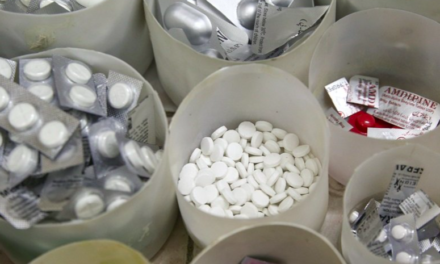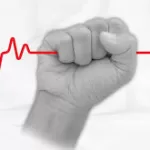A new study presented at the American Stroke Association’s International Stroke Conference 2025, held in Los Angeles from February 5–7, reveals that incorporating a higher-intensity walking exercise program into stroke rehabilitation significantly enhances quality of life and mobility for survivors. This groundbreaking research could lead to significant changes in the way stroke rehabilitation is practiced.
The study, conducted across 12 stroke units in Canada, involved 306 participants who were admitted for rehabilitation an average of one month after experiencing either ischemic or hemorrhagic strokes. The focus was on improving walking ability, which is a key factor in stroke recovery. In line with the 2016 American Stroke Association guidelines, which advocate for intensive therapy for stroke survivors who are medically stable, the study aimed to assess the benefits of progressively increasing walking intensity during rehabilitation.
“Although guidelines recommend structured, progressive exercise after stroke, the uptake of these approaches that have sufficient intensity for rehab programs is still lagging,” said Dr. Janice Eng, the study’s co-author and stroke rehabilitation specialist at the University of British Columbia.
The study participants were divided into two groups: one group received standard care, while the other was subjected to a progressively higher-intensity walking protocol. This new protocol involved a minimum of 30 minutes of daily weight-bearing walking, with intensity increasing over time. Participants wore activity-tracking watches to monitor heart rate and steps, ensuring the exercise intensity remained within the desired range for neuroplasticity—the brain’s ability to heal and adapt after injury.
Results showed that participants in the higher-intensity walking group saw improvements in their ability to walk, with a 43.6-meter (143 feet) increase on the six-minute walk test compared to the usual care group. Furthermore, this group showed significant gains in quality of life, balance, mobility, and gait speed.
The study highlights the importance of real-world application, with physical therapists at the 12 participating sites trained to implement the new protocol. The inclusion of therapists from the very beginning made the trial a practical success, demonstrating that it is feasible to integrate this higher-intensity walking approach into standard stroke rehabilitation practices.
While the study shows promising results, there were limitations. For instance, participants were required to be able to walk at least five steps independently, meaning individuals with severe mobility impairments were excluded from the trial.
“The results are promising and suggest that increasing exercise intensity during the early stages of stroke recovery can accelerate rehabilitation, improving endurance and reducing disability,” said Dr. Preeti Raghavan, Chair of the American Stroke Association’s Rehab and Recovery Committee.
The study is a major step toward optimizing stroke recovery treatments, offering hope for better outcomes through simple but effective adjustments to rehabilitation programs.
Disclaimer: The findings of this study are based on preliminary data and further research is necessary to confirm these results in broader populations and diverse clinical settings.
Study Details:
- Participants: 306 stroke survivors (average age 68)
- Duration: Participants received the intervention during the first four weeks of inpatient rehabilitation
- Protocol: Progressive walking exercises for a minimum of 30 minutes daily, five days a week
- Outcome Measures: Six-minute walk test, balance, mobility, gait speed, and quality of life
For more information, visit the American Stroke Association’s website.











